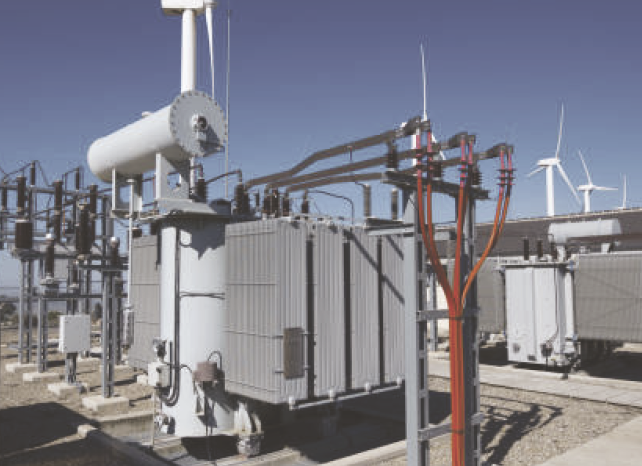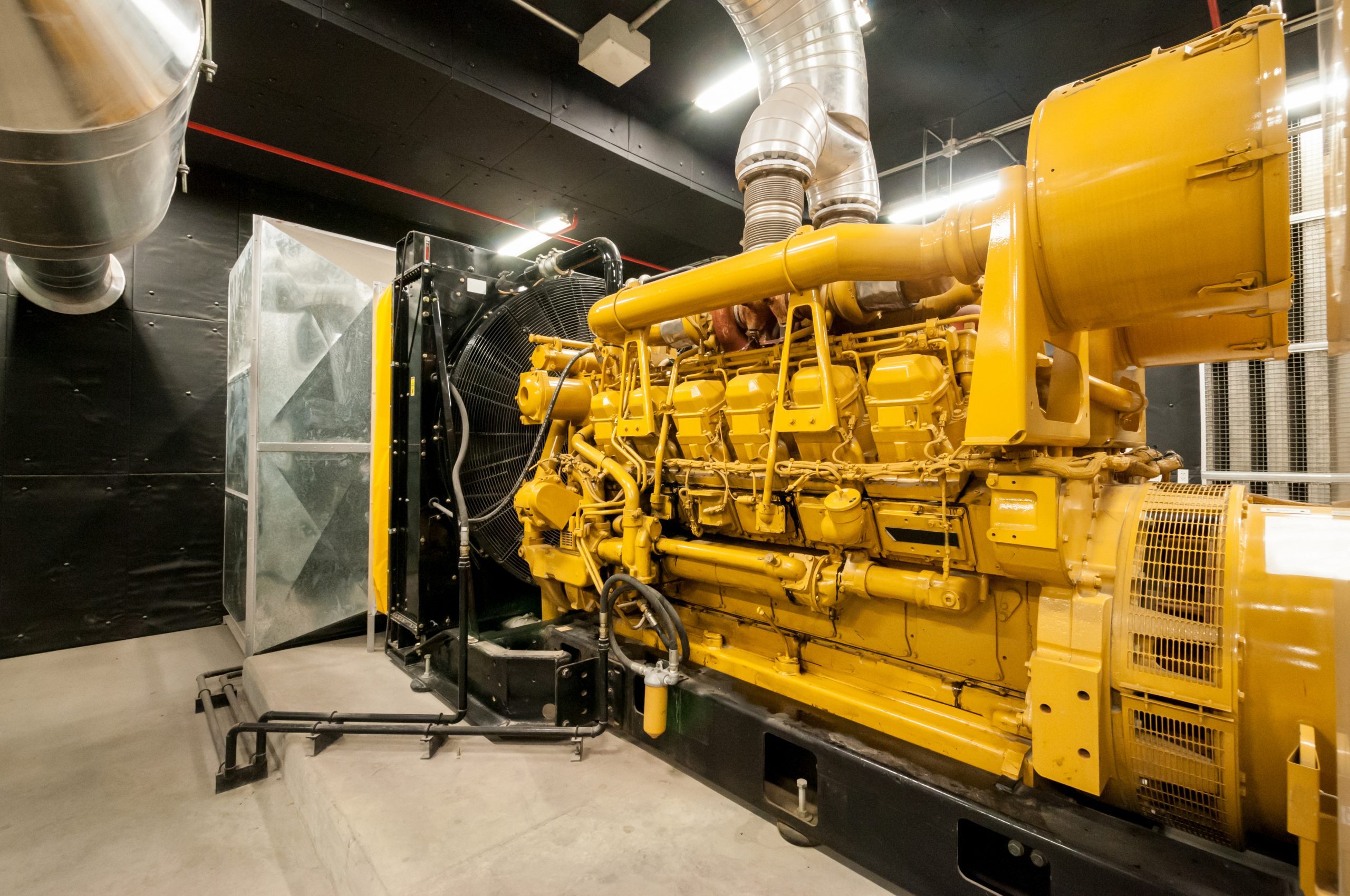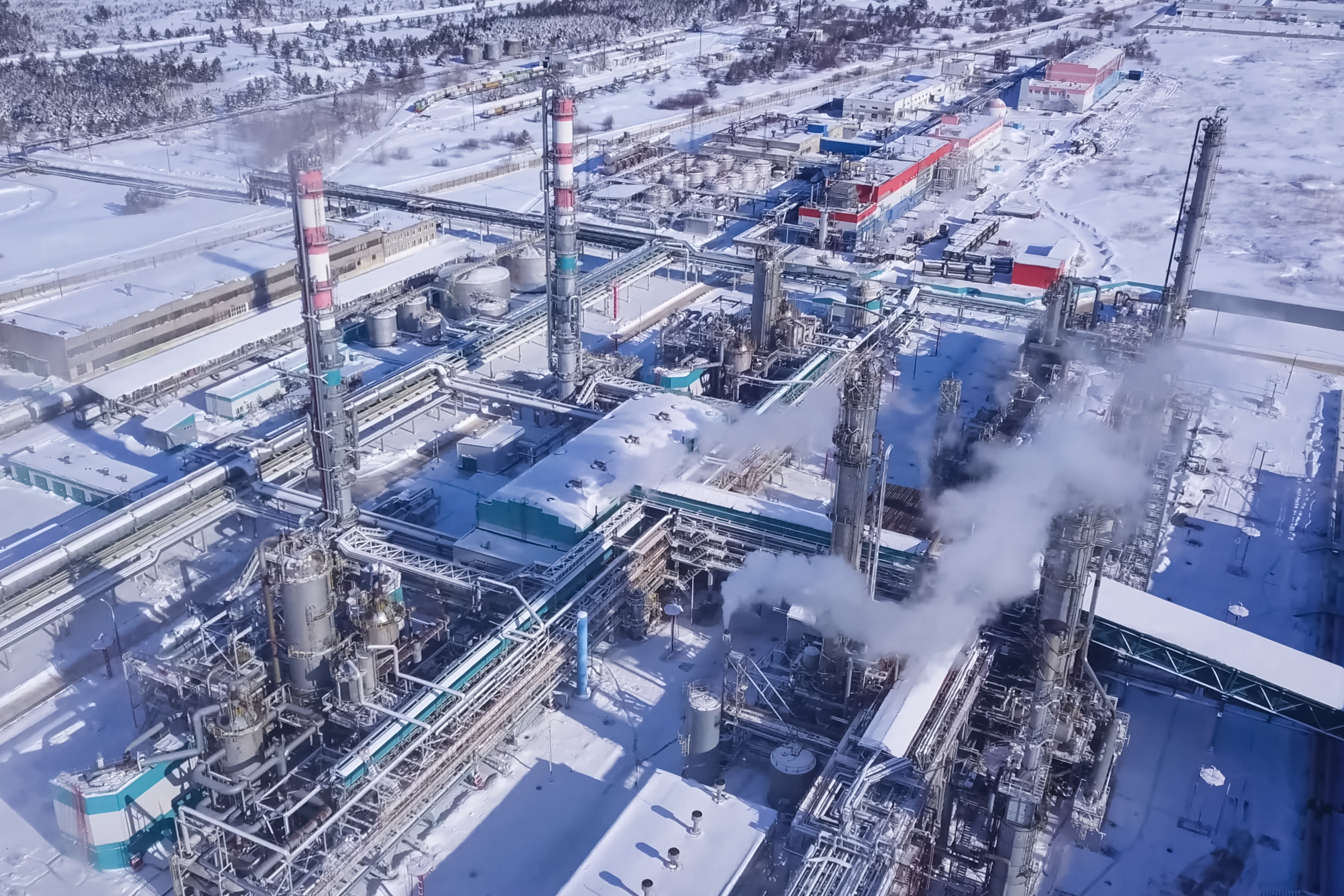Background
The subject of this case study is the operator of several wind farms that supplied the generated electricity to a large industrial customer under a Power Purchase Agreement. The wind farms were all connected via overhead transmission lines to a substation on the boundary of the industrial customer that contained two transformers with the same rating.


Loss Event and Impact
The transformers had just completed their five yearly test and immediately after being returned to service, one of the transformers tripped and ultimately was unable to be used for 6 months.
During the outage period, all generation from the wind farms had to be transmitted via the one remaining transformer which limited total generation to the transformer’s rating. This was achieved through the adjustment of the wind turbine blades. The protection of the remaining transformer was paramount as the loss of the second transformer would result in no generation and a complete loss of revenue.

Claim and Source Data
The wind farm operator provided a well-presented and detailed claim which included both pre-loss and loss period SCADA data (supervisory control and data acquisition) for each wind turbine across the wind farms. The SCADA data encompassed tens of thousands of data points per week from different categories and included:
- Wind Speed at the turbine – average wing speed in m/s;
- Generated Power at the turbine – actual power generated in kW;
- Status Power Curve – the operational status of the wind turbine;
- Responsibility – if there are issues with the wind turbine;
- Expected Power – based on average wind speed at the turbine; and
- Blade Pitch Angle – the angle of the wind turbine blades.
How MDD Helped
MDD was appointed to assist the loss adjuster in validating the wind farm operator’s business interruption claim that included the loss of revenue from both generation and the generation certificates.
Our investigation included:
- The level of generation that went through the remaining transformer
- The expected level of generation based on wind speeds
- The level of generation that was reduced with known turbine outages and the adjustment of the wind turbine blades
- The loss factors across the various wind farms and the meter at the transformer
- The number and value of generation certificates lost

Results
Our investigation determined that, after an initial struggle to keep generation at the remaining transformer’s rating, the wind farm operator was able to cap generation at slightly less than the load-carrying capability thereby protecting the remaining transformer.
The transformers normally utilised no more than 75% of their capacity. Following the Incident, utilisation of the remaining transformer was increased to near 100% which ultimately mitigated half of the loss of generation.
We were able to test the expected generation based on the wind speed models across the wind farms and found that:
- In low wind conditions, the turbines generated more than expected generation
- In high wind conditions, the turbines generated less than expected generation
While the Marginal Loss Factors for each applicable generation asset in the electricity market may, in some cases, be determined by a national energy regulator/operator, each site has its own unique factor for the transfer of power to the national meter/grid that needs to be considered.
As the electricity generated is from renewable energy sources, we also examined the creation of Large-Scale generation certificates (LGCs). Normally the LGCs are based on the same meter used to measure generation into the electricity market. In this instance, the meter for calculation of the LGCs is located further from the wind turbines which resulted in a fewer number of LGCs being created for each MW of generation.
MDD’s findings and conclusions were discussed with the insured farm operator and agreed upon to resolve the claim.
The statements or comments contained within this article are based on the author’s own knowledge and experience and do not necessarily represent those of the firm, other partners, our clients, or other business partners.
CONTACT
CONTACT MDD
Our firm has over 80 years of experience working on assignments that span over 800 industries around the world.






 01 July, 2022
01 July, 2022



